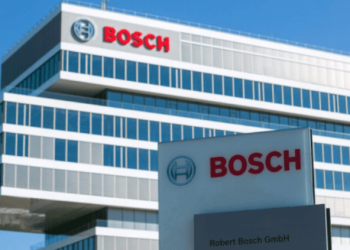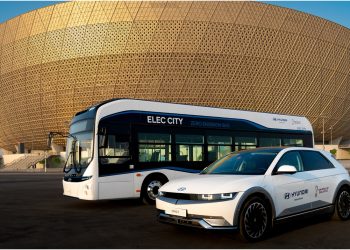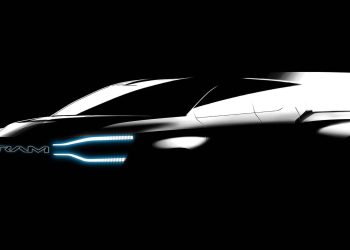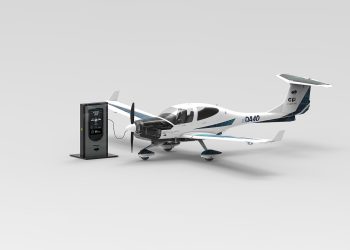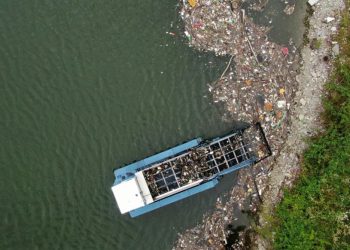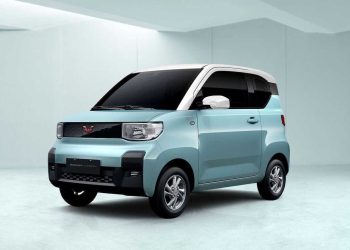Tesla has officially requested battery cell manufacturing at Gigafactory Berlin and is expected to be among the first locations to produce Tesla’s new 4680 cell.
Earlier on “Battery Day”, Tesla introduced the Tesla 4680, and explained its plan to produce its own battery cells for the first time.
Tesla has designed the entire production system called Roadrunner in-house, and is currently using the production line to upgrade its machinery with the goal of implementing a full-scale factory using the production system.
Tesla plans to roll out these battery cell factories on a large scale at its current Gigafactory projects in Berlin, Texas and China.
Based on the construction progress, it looks like the Berlin battery factory could be among the first to be ready.
It may also interest you: Ford produces more Mustang Mach-E electric vehicles than gas Mustangs: 27,816 VE and 26,089 with fuel
The Californian company has officially applied to the state of Brandenburg for approval for the production of batteries in the factory.
“The electric car manufacturer Tesla has officially applied to the state of Brandenburg for approval under the emission control law for the production of battery cells in Grünheide (Oder-Spree) as ancillary equipment for the production of vehicles. The US group has completely reviewed its application documents and sent them to the State Environment Office, the Environment Ministry announced on Thursday,” the statement says.
Company CEO Elon Musk has previously revealed that Tesla plans to deploy between 100 and 250 GWh of battery production capacity at Gigafactory Berlin.
“I think it will possibly be the largest battery cell plant in the world. I think it will be the largest. It will be capable of over 100 GWh per year and possibly over time, it will be going over 200 to 250 GWh. I’m pretty confident that at that point, it will be the largest battery cell plant in the world,” he said.
Tesla will need those cells for its Model Y production at the plant, however the automaker said it would initially use its Fremont-produced battery cells to support production.
Written by | Gabriel Sayago





